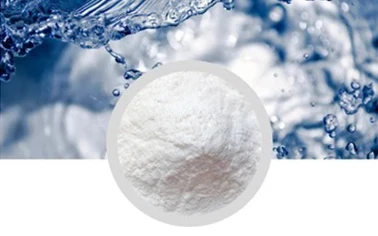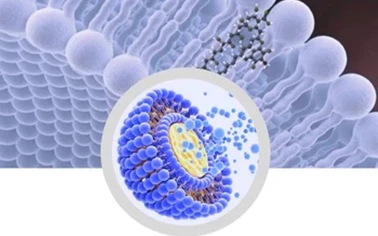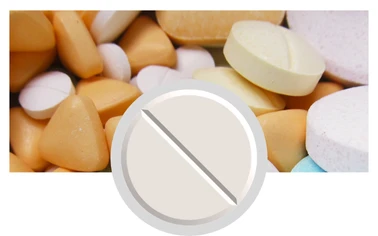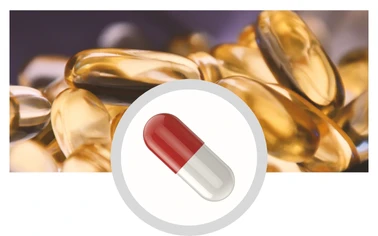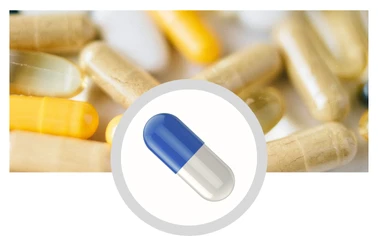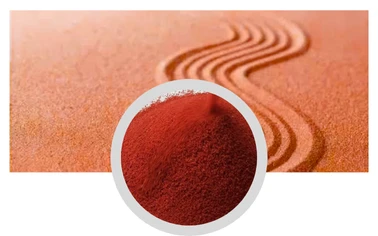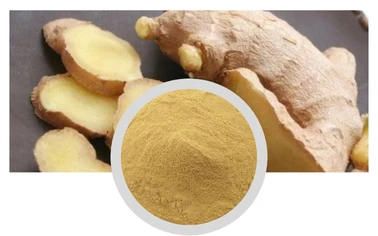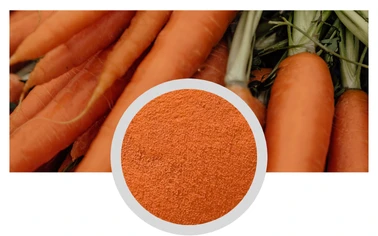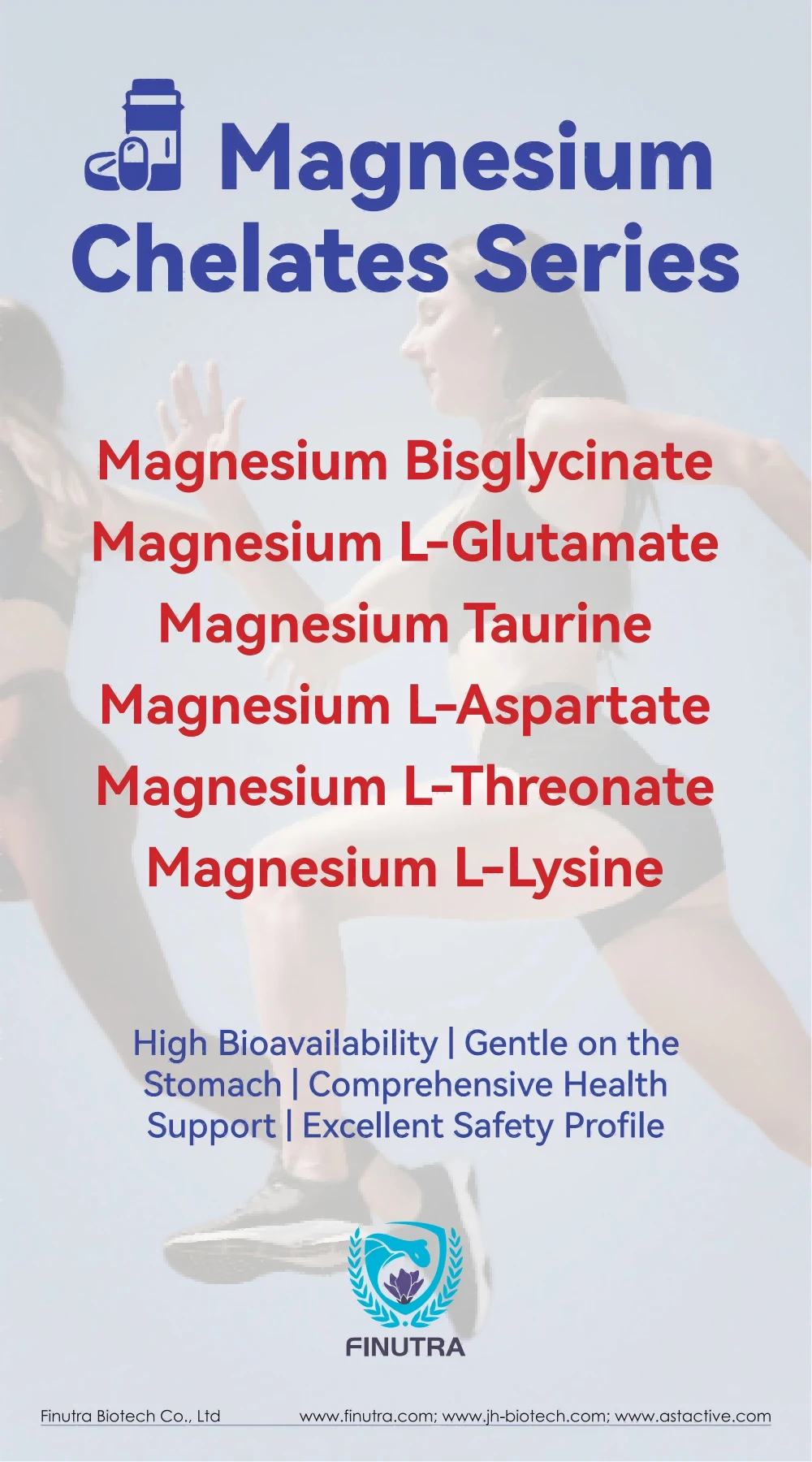Cosmetic Active Ingredient is the cornerstone of optimal performance in various cosmetic applications. These carefully selected substances are responsible for providing the expected benefits, from anti-aging effects to enhanced hydration and sun protection. The effectiveness of any cosmetic depends on the quality, concentration, and delivery system of its Cosmetic Active Ingredient.
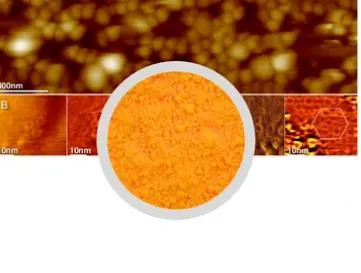
In anti-aging formulas, cosmetic active ingredients such as retinoids, peptides, and antioxidants play a crucial role in reducing visible signs of aging
Retinoic acid stimulates the production of collagen actives in cosmetics, reducing the appearance of wrinkles and fine lines. Peptides act as signaling molecules to promote skin repair and tightening. Antioxidants, such as vitamin C and vitamin E, can neutralize free radicals and protect the skin from environmental damage.
Moisturizing is another key area that Cosmetic Active Ingredients excel in
Moisturizing agents, such as hyaluronic acid and glycerin, absorb moisture from the environment and inhale cosmetic actives into the skin. Moisturizers, such as shea butter and ceramides, can form a protective barrier to prevent moisture loss and keep the skin soft.
Sunscreen is crucial in any skincare regimen, and key ingredients in cosmetics such as zinc oxide and titanium dioxide are the gold standard for sunscreen formulations. These mineral components provide broad-spectrum protection, preventing harmful UVA and UVB rays, protecting the skin from sun damage, and preventing premature aging.
The optimal performance of cosmetics depends on the synergistic effect between Cosmetic Active Ingredient and delivery system
For example, encapsulation technology can enhance the stability and permeability of active ingredients in cosmetic products, ensuring that they reach target cells and effectively function.
In summary, Cosmetic Active Ingredients are essential for achieving optimal performance in various cosmetic applications. Their carefully selected characteristics, combined with advanced delivery systems, enable cosmetics to provide targeted benefits, improving skin health and appearance.
Cosmetic Active Ingredient FAQs
How to choose cosmetic active ingredients that are suitable for different types of cosmetics?
Match Cosmetic Active Ingredients based on product type and efficacy requirements:
Cleaning products (facial cleanser/shampoo): gentle surfactants (such as sodium cocoyl glycinate)+soothing ingredients (panthenol, dipotassium glycyrrhizinate).
Moisturizing (essence/face cream): hyaluronic acid, ceramide, amino acid complex.
Anti aging (eye cream/essence): retinol, polypeptide (acetyl hexapeptide 8), bose.
Whitening category (essence/facial mask): nicotinamide, arbutin, vitamin C derivatives.
Sunscreen (sunscreen/lotion): chemical sunscreen (avobenzone)+physical sunscreen (zinc oxide)+antioxidant (vitamin E).
Key points: The concentration, stability, and synergistic effect of Cosmetic Active Ingredient determine the final effect.
How to ensure the stability and permeability of Cosmetic Active Ingredients?
Stability optimization:
Antioxidants (such as ethyl ascorbic acid) protect easily oxidizable components (such as vitamin C).
Microencapsulation technology (such as liposome encapsulated retinol) delays degradation.
Penetration improvement:
Penetrating agents (such as phospholipids, glycolic acid) enhance transdermal absorption.
Targeted delivery of nanocarriers (such as nano encapsulated resveratrol).
Case: The microencapsulated formula of 1% retinol has lower irritation and longer lasting effects than ordinary retinol.
How to achieve synergistic effects by compounding Cosmetic Active Ingredients?
Scientific compounding can enhance efficacy and reduce side effects:
Anti aging combination: bosein (stimulating glycosaminoglycans)+peptide (promoting collagen)+vitamin E (antioxidant).
Whitening combination: Niacinamide (inhibits melanin transfer)+Arbutin (inhibits tyrosinase)+Vitamin C (reduces melanin).
Soothing combination: Centella asiatica glycoside (repairing)+Myrrh alcohol (anti-inflammatory)+Panthenol (moisturizing).
Caution: Avoid conflicting combinations (such as high concentrations of vitamin C+nicotinamide that may irritate the skin).
How to deal with tolerance issues of cosmetic active ingredients in different skin types?
Sensitive muscles: low concentration (such as 0.3% retinol), sustained-release formula (such as encapsulated active ingredients)+soothing ingredients (ceramides).
Oily/acne prone skin: Salicylic acid (oil control)+Tea tree oil (antibacterial)+Zinc (sebum regulation).
Dry skin: squalane (water locking)+urea (moisturizing)+shea butter (nourishing).
Testing suggestion: Conduct patch testing first to gradually establish tolerance.
What are the future innovation trends for cosmetic active ingredients?
Biotechnology components:
Fermentation products (such as Ekodoin, recombinant collagen).
Plant stem cell extracts (such as apple stem cell antioxidants).
Precision skincare:
Based on the skin microbiome (probiotic/prebiotic skincare).
Customized Cosmetic Active Ingredient combination for genetic testing.
Sustainable Ingredients:
Green chemical synthesis (such as bio based retinol substitutes).
Degradable packaging+environmentally friendly active ingredients (such as seaweed polysaccharides).
Post time:Aug - 19 - 2025



